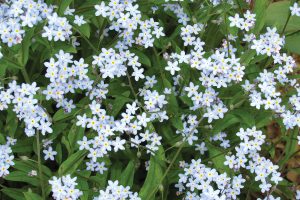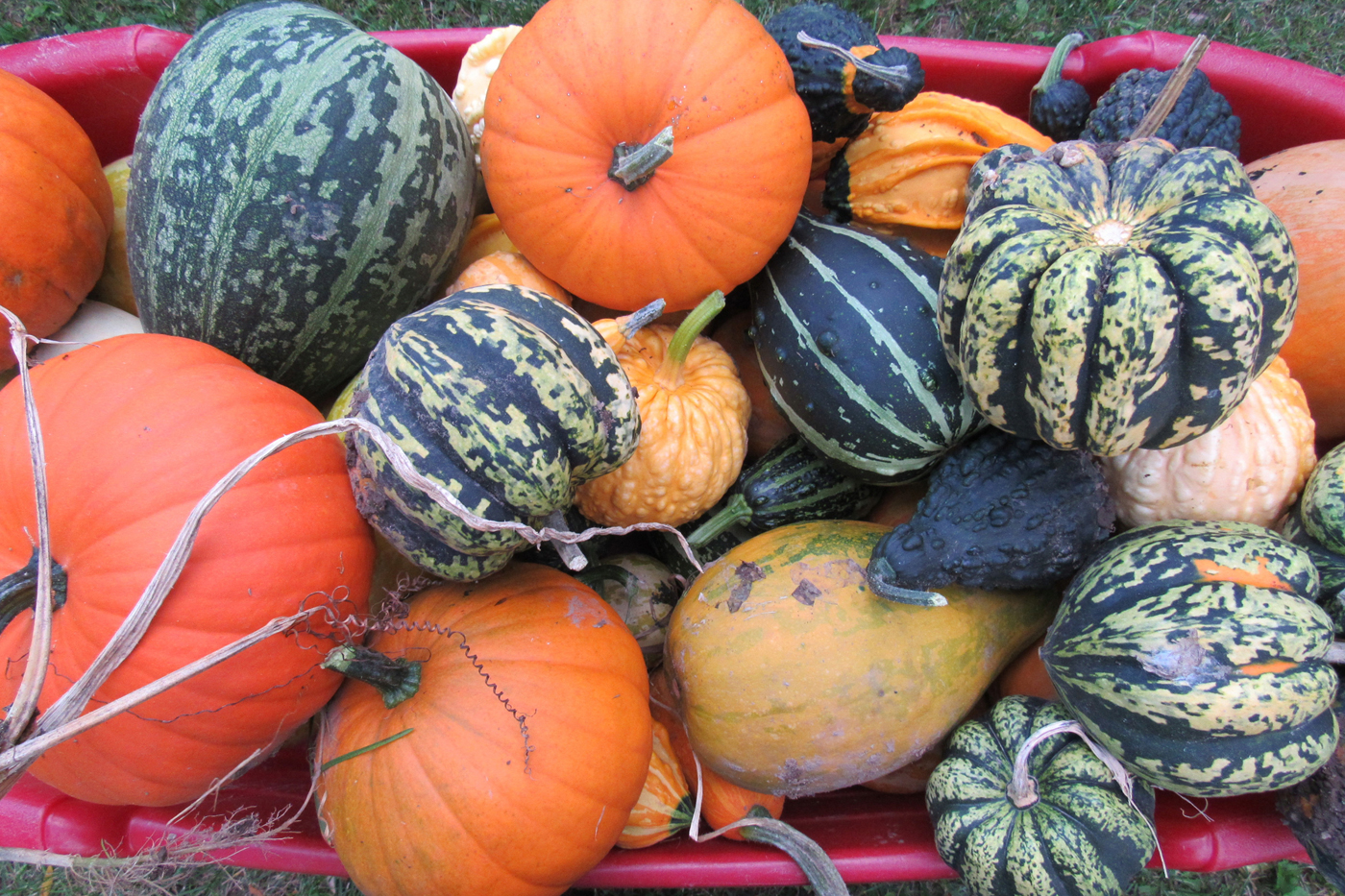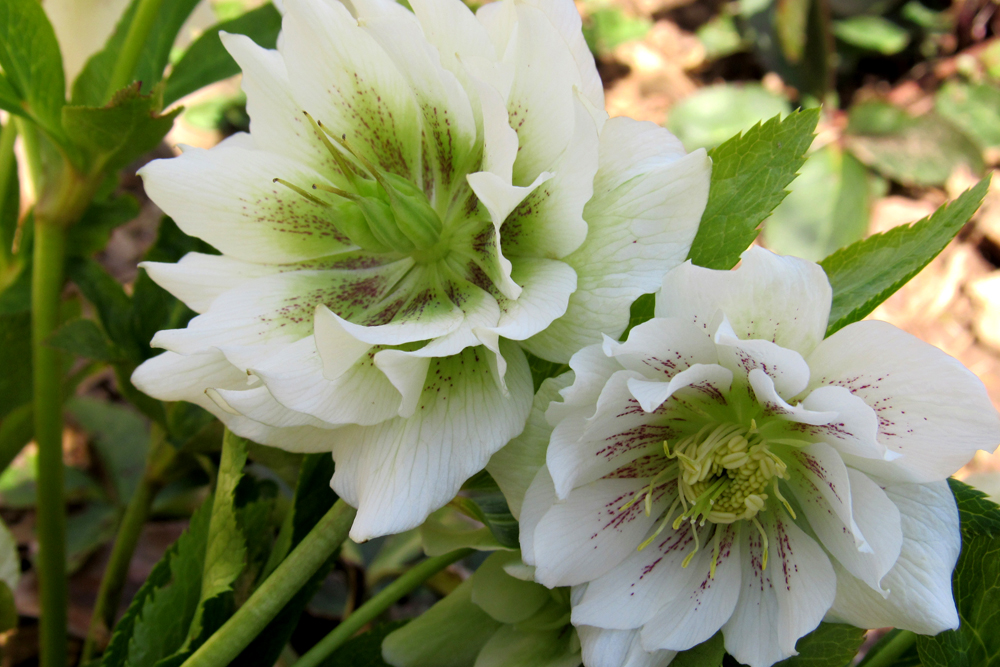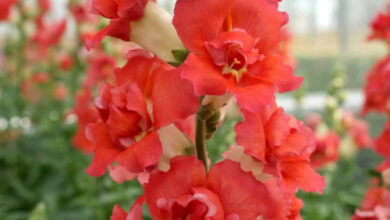Of Mulches, Moss and Myosotis
With the gardening season finally underway, here are a few topics of interest as you dig, weed, plant, dig and weed some more.

Photo by K. Gabalski
Firstly, if you are preparing to plant your tomatoes – be sure to wait until the threat of frost is really gone, which means late in May. Here are some tips regarding mulching your crop.
Mulching tomatoes is recommended as the process of covering the soil helps to keep in moisture and block weeds. Additionally, mulching protects low growing tomatoes from resting directly on the ground and developing rot as well as protecting the plants from the spread of fungal disease.
There are many different choices for mulching your tomatoes. Organic materials include grass clippings, leaves, straw or even sawdust which will eventually decompose and help feed millions of microorganisms living in the soil. Inorganic materials include rocks, pebbles, plastic sheeting and landscaping fabric.
The National Gardening Association recommends that if you use wood chips, bark or sawdust, add extra nitrogen fertilizer to the soil. Otherwise, soil microorganisms will temporarily tie up nitrogen which they need for growth, while the mulch is broken down.
Plastic mulches, including black and red, have been recommended for tomatoes and are an inorganic way to mulch. Make sure to secure plastic mulch so that it makes contact with the soil. When you transplant, cut a hole or slit in the plastic. You can make additional small holes to help rainwater soak through.
The National Garden Association advises that you should wait to mulch your tomato plants for four to five weeks after planting – while the ground warms up. If you mulch too early, you will keep the soil cool and delay your harvest.
Moss
Moss can grow quickly in the spring and if you notice moss taking over parts of your lawn, Illinois Extension explains that moss is a space filler, not an invader. It will seek out a shady or moist spot that does not contain other life.
If you have unwanted moss in your lawn, it is a signal that the grass is weak and you must find out why the grass is not growing in order to remedy the problem.Adding limestone is not recommended by Illinois Extension as it will not help unless a soil test has shown the pH needs to be raised. Moss killing products can also be ineffective.
Focus on improving the health of lawn grass. Too much shade encourages moss, so use a grass mix that is correct for your site conditions. You may need to modify site conditions to favor lawn grasses, fertilize in sunny spots, mow higher and reduce soil compaction by core aerifying.
Myosotis
Finally, enjoy the spring blooms! In addition to spring bulbs, flowering trees, perennials and shrubs are now in full bloom. A favorite bright spring flower is Myosotis, commonly called forget-me-nots, which have charming, small daisy-like flowers in shades of blue, yellow or white with yellow or white eyes.
Myosotis are native to woods, meadows and wet areas of Europe, Asia, Australia, New Zealand and North and South America and include 50 species which can be annual, biennial or perennial.
Myosotis bloom in May and self-seed freely. They have a fairy effect when planted en masse and work well in rock gardens, in the front of beds and borders and at waterside.






